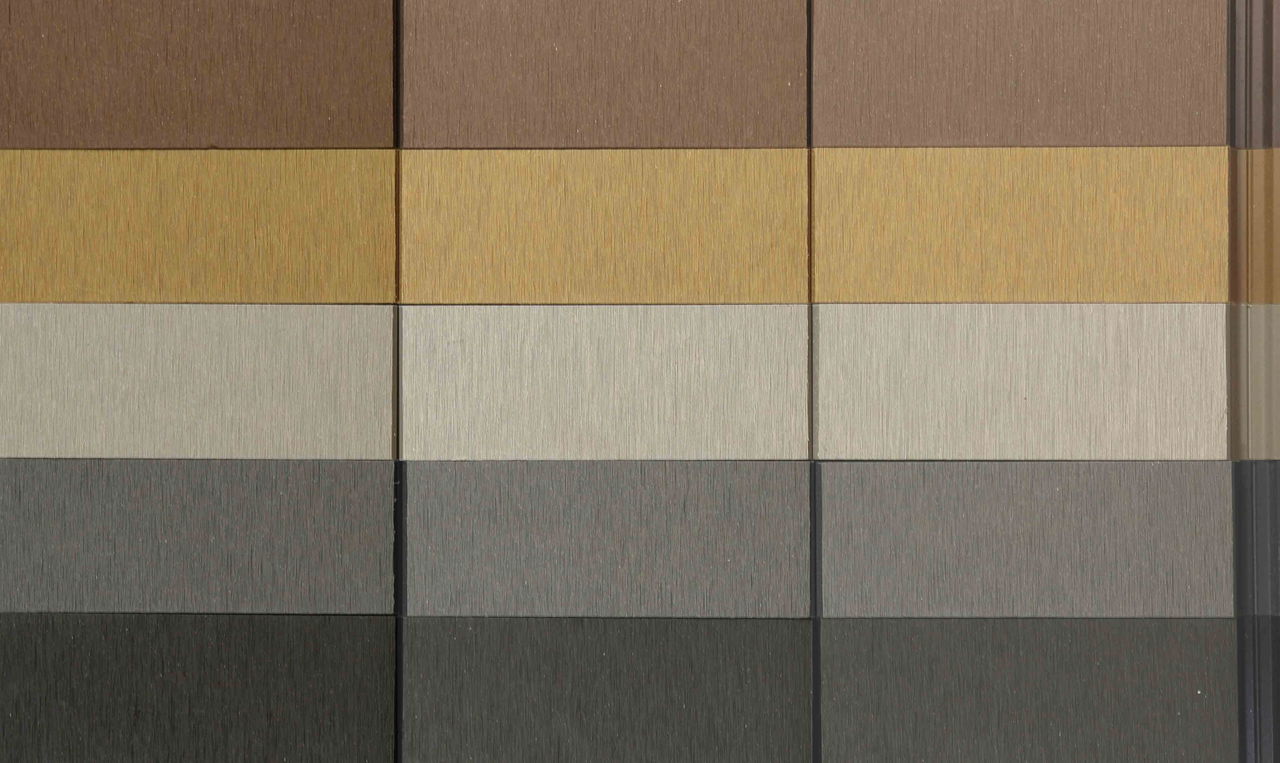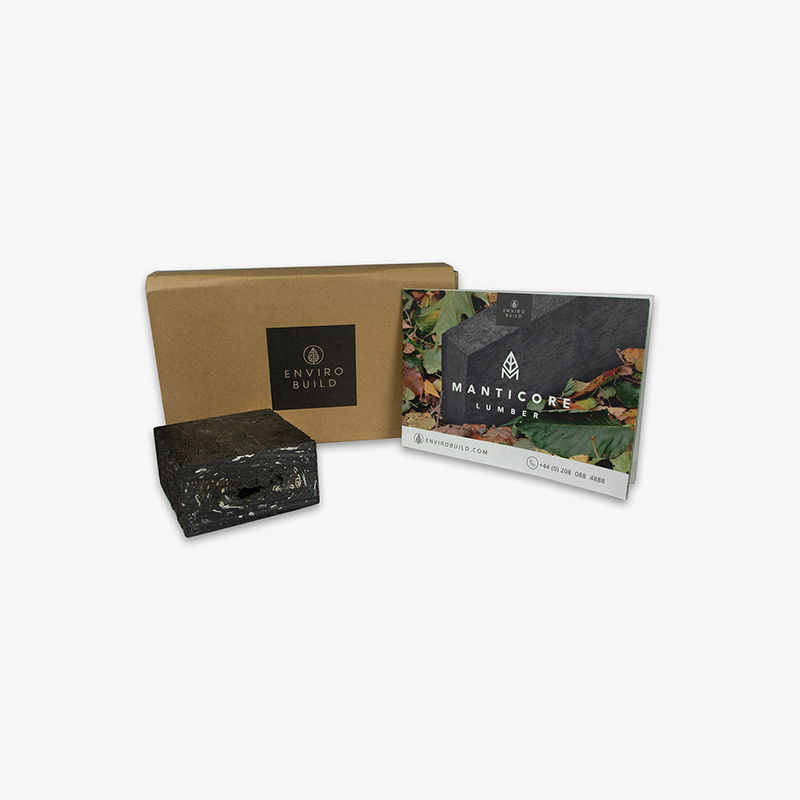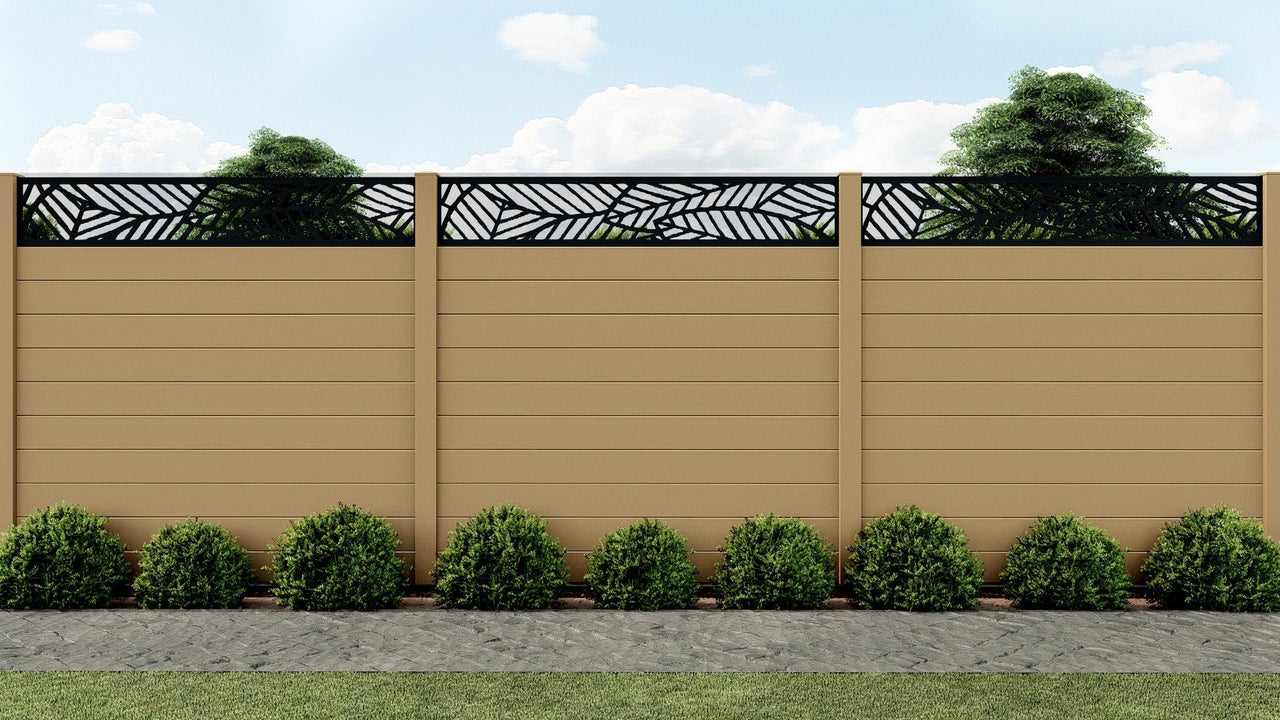Does Composite Cladding Fade?
When choosing exterior cladding for your home or commercial project, long-term appearance is a key consideration. Traditional timber can quickly lose its rich colour when exposed to sunlight and weathering, but does composite cladding fade in the same way?

Author Name
Chief Writer
Thu, 28 Jul 2026

How Long Does Composite Cladding Keep Its Colour?
Most composite cladding boards will experience a period of initial fading in the first few months, this is a natural process and is largely due to the way composite materials are engineered. Once stabilised, the colour remains remarkably consistent for the lifetime of the product.
When composite cladding boards are exposed to the elements, particularly rain and wet weather, the natural wood oils (tannins) will start to leach out of the boards in a process sometimes called ‘extractive bleeding’. As a result, your cladding will look slightly lighter than it did when it was originally installed.
It may take 8 to 16 weeks for the natural wood oils to wash out. In some situations, especially if the cladding has been installed in a dry summer, the extractive bleeding process may take as long as 6 months.
If you'd like to speed up the extractive bleeding process, you can wash your cladding with water and let it dry several times.
What Causes Cladding to Fade?
All materials exposed to outdoor conditions are affected by UV radiation, moisture and temperature changes. Over time, these environmental factors can break down surface pigments and alter the colour of the material.
Composite cladding is engineered to minimise this effect through a combination of UV stabilisers, protective capping and high-quality pigments that help the boards maintain their colour for years.
The main source of the initial weathering for composite cladding is due to rainfall. When the tannins start to leach out of the boards, marks may appear on your cladding. This is nothing to be worried about and the 'watermarks' should disappear after the boards have been wet and dried several times.
After the natural process of extractive bleeding, the boards are subject to standard weathering, primarily from the UV rays of the sun. All Pioneer and Sentinel cladding boards contain a UV stabiliser, but will undergo some minor further fading over time.
Maintenance Tips to Preserve Colour and Finish
Even though composite cladding is low maintenance, following a few simple steps will help it stay vibrant:
Regular Cleaning – Rinse the boards periodically with warm soapy water to remove surface dirt and pollution.
Avoid Harsh Chemicals – Use non-abrasive cleaners; bleach or solvent-based products can dull the surface.
Rinse Away Debris – Clean any organic growth such as moss or mildew promptly to avoid surface staining.
Avoid Painting – Composite cladding does not require painting or sealing; additional coatings can compromise the cap’s UV stability.











